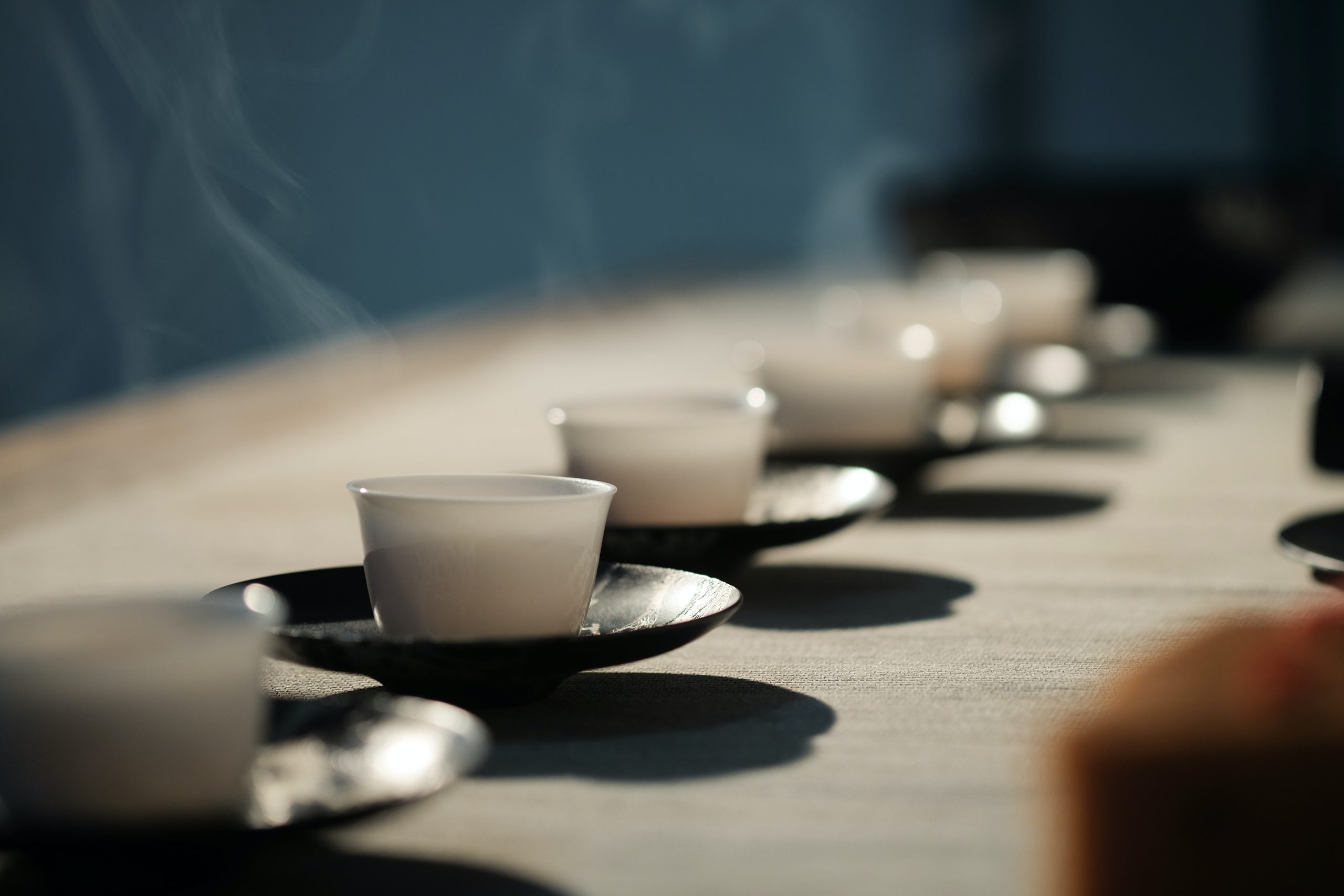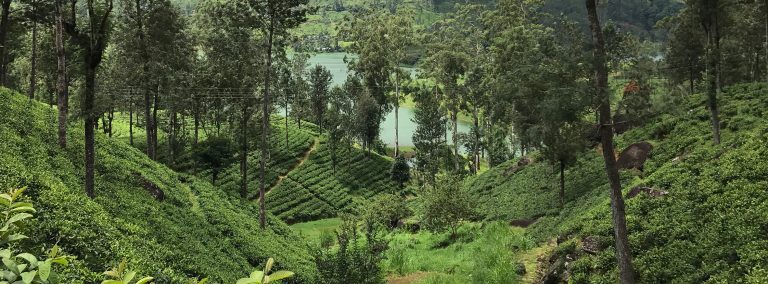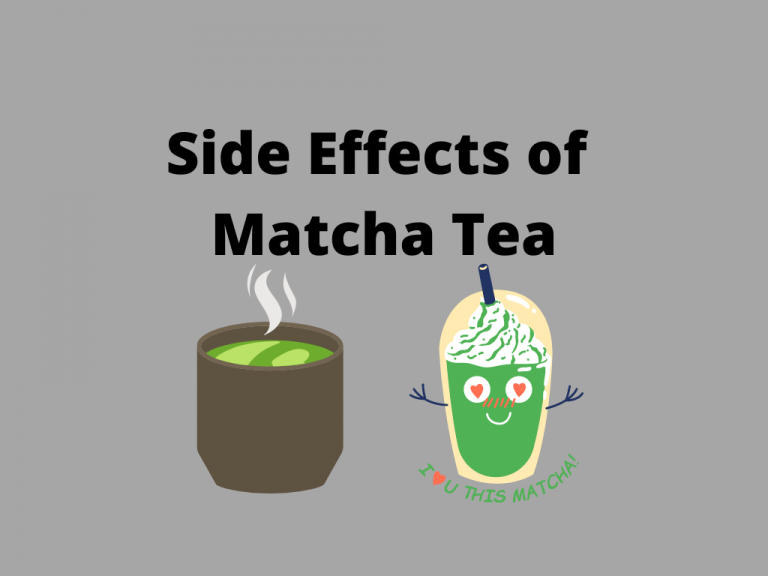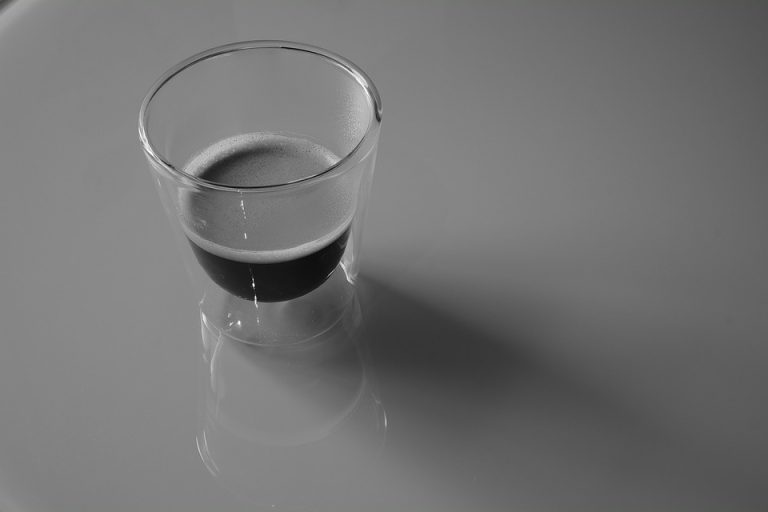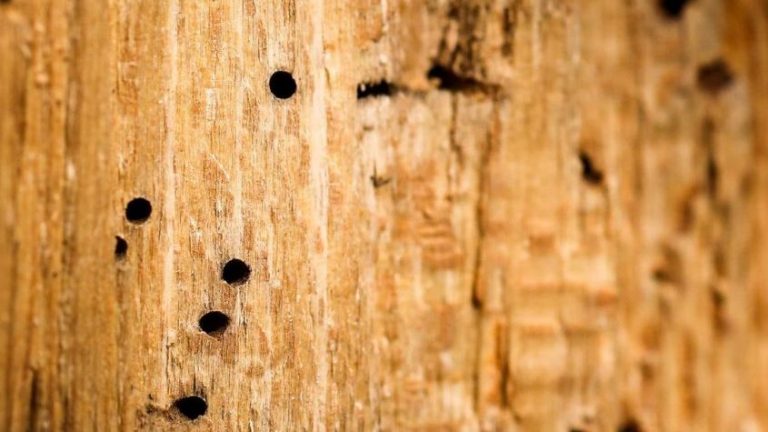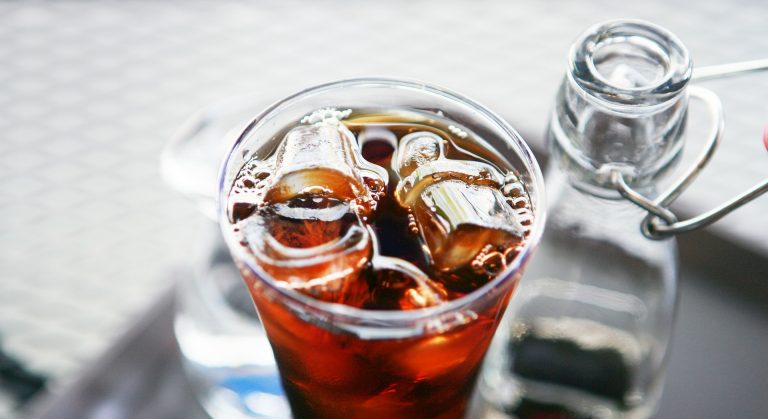Characteristics Of Tea
The tea has a variety of qualities. Those qualities are cause improve its market value. Knowing about the characteristics of tea is important before choosing a cup of tea. Any endeavor to enhance manufacturing is pointless if a tea taster’s terms for describing a tea are not fully understood.
So many tea tasters have written glossaries. But they haven’t been particularly helpful in recommending possible lines of manufacturing to achieve the greatest outcomes. In reality, if some of the reasons stated for a fault were to be adopted as the foundation for changing production techniques, unanticipated effects would emerge.
As a result, it is recommended to provide some recommendations in this area. It will allow for the possible correction of a shortcoming.
Some phrases used by tea tasters provide little information on whether the traits they refer to are due to intrinsic features, seasonal differences in manufacturing technique, or both. Some are self-explanatory, while others may not accurately express the concept.
As a result, the terms:
- Earthy
- Weathery
- Metallic
- Fruity
- Sweaty
- Coarse
- Nose
Are ambiguous and may have nothing to do with the sort of manufacturing done.
There are several conditions that may contribute to the more common characteristics of tea.
Tip
The term “tip” refers to the location of a tea leaf that originates from the bud. Hairs must be present on the bud in order for it to be created. The color of the tip is determined by how the fluids are distributed over the hairs and the amount of hair present. If there are no hairs as a consequence of a specific growing situation or rigorous treatment, a tip cannot be created.
There are three types of tips.
- Golden Tip
- Silver Tip
- Grey Tip
- Black Tip
Golden tip
- The color of the Golden Tip is orange.
- Golden tips are produced when the buds have a lot of hair on them.
- The manufacturing is done correctly.
- To acquire the best color, the leaf should be treated with care, with the wither good and the rolling not too harsh.
Silver tip
- This color may appear when wither is hard and hairs are insufficiently coated with juice.
- Grey Tip
- The most common cause is sorting damage.
- It can also be caused by an unruly arrangement of the hairs, which can be caused by over-rolling.
- The mixture of a golden and black tint appears grey to the eye once some of the hairs are gone.
- Black Tip
- This is nearly indistinguishable from the tea and isn’t the result of over-firing.
- It is solely linked to the lack of hairs on the bud.
The general appearance of a tea
Tea’s darkness is primarily owing to the dried fluids that have been coated on its surface. If the tea is flaky, though, it will not appear as dark. When this coating is scraped off, it leaves a grayish look and a little amount of soluble debris behind. When tea is stored, it turns blacker, although the reason for this is unknown.
Brown teas are produced when the type of the jat in the leaf content is low. They can’t be as dark as high jat leaf since they have less sap and don’t twist as well.
A tea’s brownish color is almost never attributable to a manufacturing flaw. The only cause is over-withering to the point where some areas of the flush become dried up. The brownish hue is enhanced by the coarse, stiff leaf.
The temperature of the fire also affects the color of the dry leaf. Teas that are fired at higher temperatures tend to be blacker. Another consideration is the age of the pruning. The old leaf is usually not as dark as a young leaf, which is owing to the flaky quality of the tea and the lower amount of juice contained in the leaf. Hard withers, contrary to popular perception, create just as black teas as soft withers if the rolling process is done properly.
There are many factors that cause the flakiness of tea. It could be the leaf itself, under-or over-withering, under-or over-rolling, or a lack of winnowing. Teas that are uneven or jumbled are not correctly graded.
Color of Liquor
This characteristic is easy to describe by using adjectives like “light,” “coloury,” and “muddy”. It is frequently related to strength and is linked to quality in a tangential way.
Light liquor
This is not to be confused with the phrase “thin,” which refers to a tea that is low in strength. It doesn’t always mean the tea hasn’t been fully fermented. Light teas are the highest-quality teas. It cannot be considered a flaw, and any measures used to increase the color of liquor may have the unintended consequence of lowering the quality.
Coloury liquor
“Coloury” refers to a liquor that has the needed depth as well as being bright and clear. The requirement that must be met is a complete fermentation for the optimum duration of time When forceful rolling is not possible, a soft wither can somewhat improve the color of a liquor.
Muddy liquor
These types of teas are over-fermented teas. The tea loses its dazzling color and becomes bland and brownish.
Fermenting qualities of the leaf have a significant impact on the color of a liquor. Before any changes in fermentation periods are undertaken, these must be determined.
When liquors lack color, the process of rolling must be investigated, as the amount of juice collected from the leaf. The rolling process is influenced by the color of the liquor. The fermenting period should not be increased until the fermenting properties and rolling method has been thoroughly investigated.
Strength
Except when fermentation is overly prolonged, the length of time it takes to ferment does not have a significant impact on the strength of a liquor. After that, the tea becomes softer.
The amount of soluble substance in the leaf determines the strength of the liquor. it will be changed according to the number of leaf cells ruptured. Extra or harsher rolling to express more sap from the leaf is the greatest way to remedy a thin liquor.
When a strong liquor cools, some of the chemicals that are only soluble in hot water precipitate out of the cooled liquor. It is dark in color. This is known as ‘creaming.’
Softness in a Liquor
Teas that are not ‘briskness’ are gentle. The distinction between these phrases can be explained by comparing a freshly opened Coca-Cola to one that has gone ‘flat.’ A soft tea has no ‘live’ qualities. A ‘flat’ tea has a very soft texture. The term “point” denotes the heightened vigor of the tea.
Teas become soft because of over-fermentation and excessive moisture gain during storage. High moisture content is another factor that causes softness.
A brisk tea is one that has been tested for fermentation at the appropriate time, correctly burnt, and carefully kept.
The greenness of a Liquor
Greenish liquor is characterized according to these terms.
- Hard
- Raw
- Harsh
- Bitter
Greenness can be confused with pungency. The main difference is that a greenish liquor is bitter, whereas a pungent liquor has astringency. But pungent liquor hasn’t a bitter taste. Under fermentation is usually the cause of greenness. Mellowness is the polar opposite of greenish. The terms ‘smooth’ and ’round’ are interchangeable.
Greenness is a quality that may be inherited from the leaf. It was once thought to be related to under-withering. There is no doubt, however, that if it is constantly present to a significant degree, it is an intrinsic trait, and no known method of manufacture can erase it.
Greenness may reduce by the following measures.
- Withering for a longer amount of time
- A higher temperature is withering
- More rolling
- A longer period of fermentation
However, it should be remembered that the improvement will come at the sacrifice of quality.
Maltiness of a Liquor
This is a confusing trait that has been incorrectly attributed to high-firing. “Nutty” is another term for a malty liquor. It is an inherited trait. Whatever the case may be, it is seen as a desirable feature in a tea.
Infusion
The color of the infused leaf is not necessarily related to the liquor. It is a preliminary inherent character. There appears to be a tendency to overstress its importance. It rarely gives an indication of the liquoring properties of a tea except perhaps when it is very bright or very dull.
In some cases, a greenish infusion resulting from a leaf characteristic can be separated from one generated by insufficient fermentation. The latter would appear drab and ‘dead,’ in contrast to the former, which would not be absolutely green. It could even be vibrant if correctly produced. When attempting to rectify a tea with a greenish infusion, extreme caution should be exercised. In certain cases, a prolonged fermentation period would be good, while in others, it would be disastrous.
In most cases, a mixed or uneven infusion is caused by unequal jat or grade mixing. Overcharging rollers and using a roll breaker mesh that is too big are two manufacturing flaws. It can result in a mixed infusion. It could also be caused by uneven fading.
A few observations on infusion are provided here to illustrate some of the common misconceptions about it.
- The bud and first leaf produce greener infusions than the second and third leaves, despite the fact that the former’s liquors are of higher quality and flavor.
- Coppery infusions are thought to be rare in short withers. This is a complete misunderstanding.
- Teas with greenish infusions can be kept last long.
- Hard withered leaves can be used to make coppery infusions. Greenish infusions, on the other hand, might result from the most immaculate withers.
- A three-year-old pruning leaf may provide very dark and green infusions.
- Some teas, particularly Uvas with excellent flavor, may have unappealing infusions during the flavorful season.
These few instances demonstrate how risky it would be to try to alter the color of an infusion when a more crucial matter, such as a tea’s liquoring quality, is at stake.
The indications provided above may aid in the diagnosis of several common tea flaws. It is necessary responsible for experimentation is required to determine the reason. A single manufacturing change must be made at a time. Ignoring this warning could render an experiment useless.

